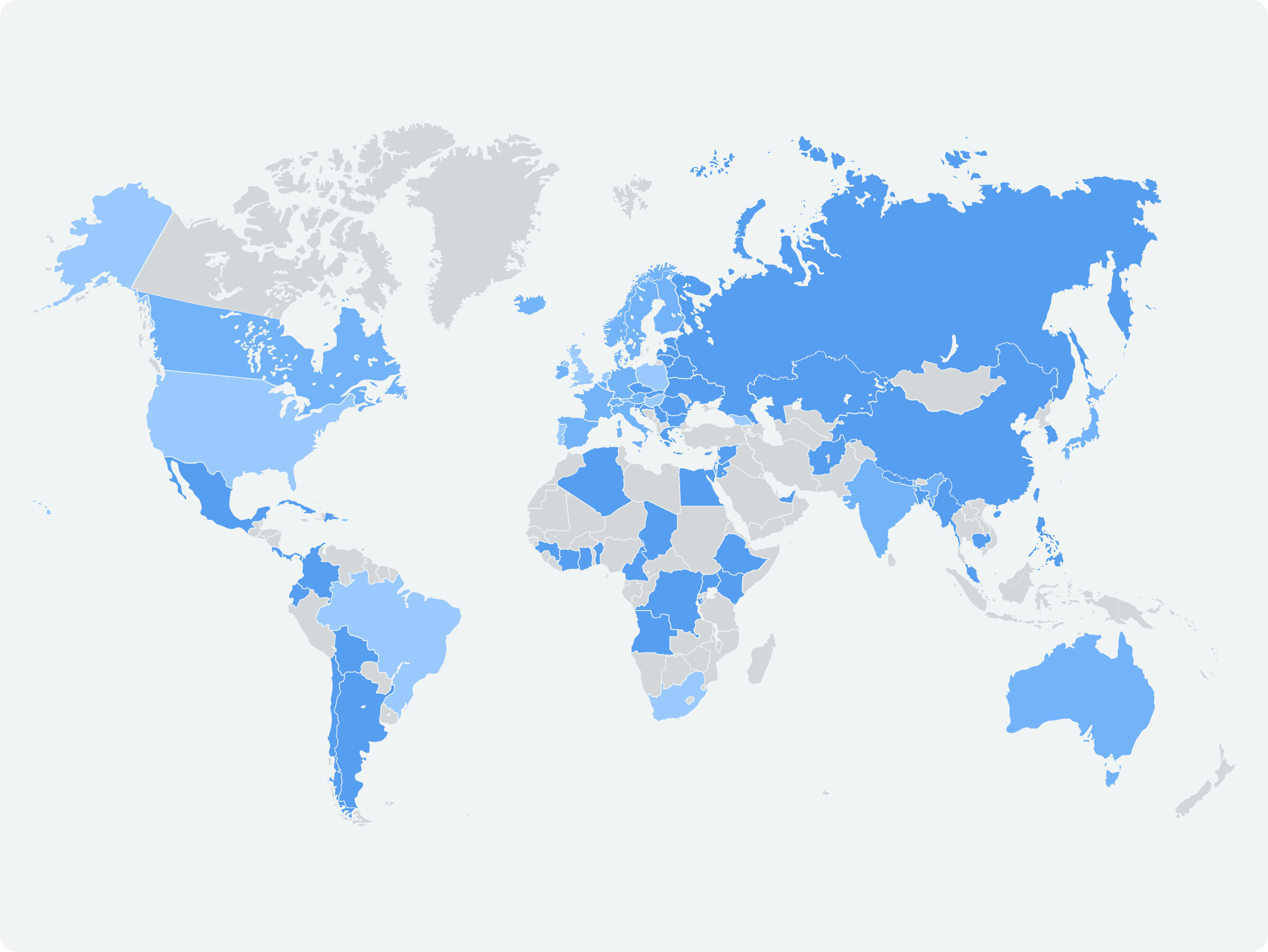Introduction
New York State’s Pay Transparency Law (New York State Labor Section 194-b) took effect Sept. 17, 2023. The law requires employers in the state of New York with four or more employees to list compensation ranges for designated job opportunities, promotions, and transfers.
These ranges consist of the minimum and maximum annual salary or hourly compensation believed to be accurate at the time of posting.
New York pay transparency requirements
New York’s law also applies to job opportunities performed outside of New York State that report to a supervisor or office in New York State. Any remote or telecommuting opportunities that will report to a supervisor, office, or worksite in the state of New York are covered by the law, regardless of whether the employee will be working from home outside of New York State.
Employers are prohibited from retaliating against employees who discuss their compensation with coworkers. Additional requirements under the law include:
- If the employer does not plan to offer a salary range, but instead plans to offer a single fixed rate, such as $30 an hour, the fixed rate must be listed.
- A pay range cannot be open ended and employers are encouraged to provide other forms of compensation or benefits in a separate area of the job posting.
- If compensation for an opportunity is completely commission-based, employers must state that clearly when advertising the opportunity.
- Employers must make a “good faith” effort to determine the range of pay. A good faith pay range is one that an employer legitimately believes they are willing to pay at the time of the advertisement’s posting.
- An employer may adjust the range of pay in an advertisement after collecting additional information during the hiring process.
Employment equity standards
New York’s pay transparency law does not specify employment equity standards, but instead notes that the law is a part of its commitment to addressing wage disparities and promoting transparency in compensation practices across the state. It ensures that employees have access to vital compensation information and empowers them to make informed decisions about their careers.
The risks of non-compliance
The New York State law does not expressly create a private right of action for violations of the law. It provides, however, that violations are subject to investigation and prosecution by the state commissioner of labor, with civil penalties not to exceed $1,000 for the first violation, $2,000 for the second violation and $3,000 for the third and subsequent violations.
The NY Department of Labor is authorized to promulgate regulations to clarify this law.
Any current, prospective, or potential employee or applicant who claims to be the victim of a violation may file a complaint with the New York State Department of Labor. In addition, any organization acting on behalf of a current, prospective, or potential employee or applicant may also file a complaint. This includes any recognized and certified collective bargaining agent acting on a person’s behalf.
The New York State Department of Labor may initiate its own investigation based on tips and other available information, including reports of violations by members of the public.
How can Trusaic assist with New York’s pay transparency law requirements?
The goal of pay transparency laws is to promote practices that lead to a more equitable compensation environment. Similar to salary history ban laws, requiring pay ranges on job postings promotes fair pay practices and holds organizations accountable.
If implemented thoughtfully and strategically by an organization, pay transparency can promote a better work environment where employees believe they are paid fairly. Providing salary ranges on job postings can also positively narrow the applicant pool and improve the hiring experience.
Absent salary range information, a job candidate could go through a multi-week interview process only to discover the job offer is far below their salary expectation. This wastes the candidate’s time and causes financial and reputational damage to the employer.
The task of moving toward full pay transparency can be daunting for an organization.
1. Comply – Use Trusaic’s Salary Range Finder® to ensure unbiased and competitive pay at the time of hire:
Salary range explainability: Salary Range Finder helps you establish and post competitive and equitable pay ranges to confidently comply with pay transparency laws.
2. Correct – Use PayParity® to understand, explain and resolve pay disparities:
Analyze: Trusaic’s pay equity analysis software analyzes compensation and benefits data directly from your HRIS system to uncover pay inequities across gender, race, age, and more. Conduct proactive or compliance-driven analyses to pinpoint disparities, reduce legal risk, and build trust by ensuring unbiased, transparent pay practices across your workforce.
Remediate: PayParity with R.O.S.A. (Remediation Optimization Spend Analysis) helps you remediate pay inequities with precision. R.O.S.A. runs hundreds of simulations quickly to find the most impactful pay adjustments, ensuring your budget is spent where it matters most. Make every adjustment count in your ongoing commitment to unbiased, transparent pay practices.
Prevent: Prevent future pay inequities by addressing systemic root causes and through the continuous monitoring of your pay practices. Use your pay equity analysis to guide salary decisions with tools like Salary Range Finder. Keep progress on track by embedding unbiased pay practices into hiring, promotions, and compensation adjustments.
Leverage Trusaic’s pay equity software solutions to ensure you remain in compliance with New York’s pay transparency law requirements.









